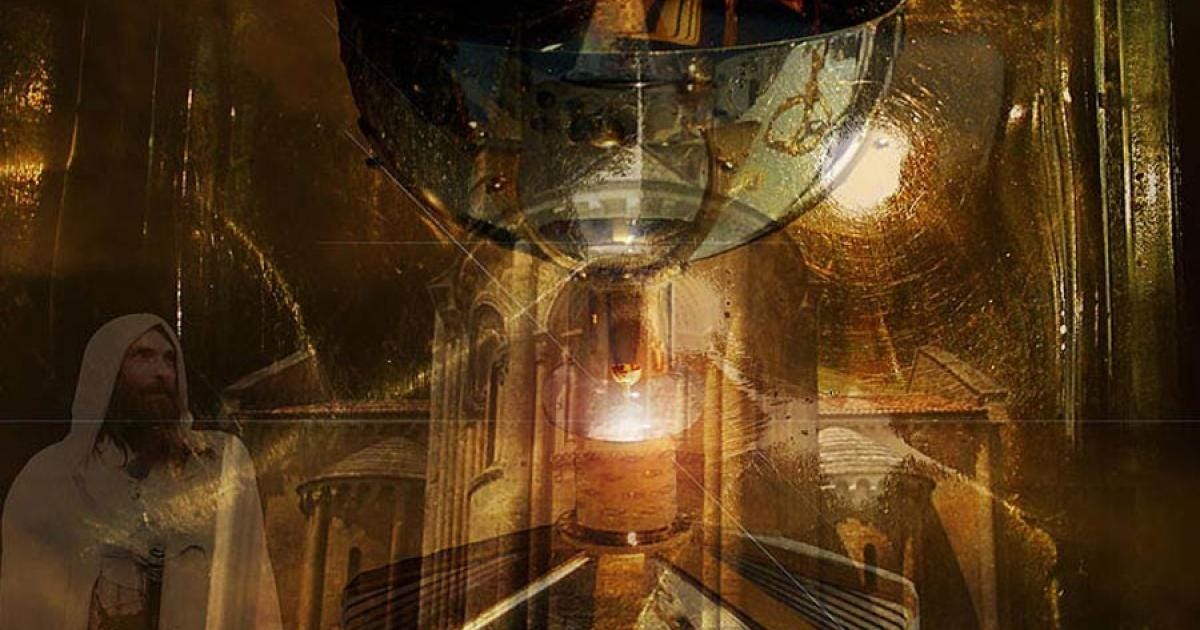The Truth About the Holy Grail: Magical Chalices Around the World
Holy Grail is often envisioned as a singular, elusive chalice brimming with divine power, yet legends whisper of countless such artifacts scattered across time and continents, each promising profound transformation. From the blood-stained Cup of Christ hidden in misty English hills to emerald vessels of Solomon and turquoise cups of Persian kings, these Holy Grails - be they chalices, spears, or cauldrons - harbor a universal force that heals, enlightens, and defies mortality, inviting us to explore their global tapestry of myth and magic.
One Grail to Rule Them All?
Most people identify one special chalice as the only Holy Grail. Others point out that the Holy Grail legends composed in Europe during the 12th to 15th centuries enumerate more than ten different Holy Grails. A third group contends that Holy Grails have existed around the globe for thousands of years. In truth, Holy Grails have been everywhere in every age. They have taken the form of chalices, spears, skulls, platters, stones, swords, cauldrons and even books. What makes an object a Holy Grail is its possession of a special power that has been called the Holy Spirit by Christians, the Alchemical Force by Alchemists, and Kundalini by Hindu Yogis. Legend has it that if you drink or eat from a Holy Grail, or even just touch it, its power will enter you and initiate a process of alchemical transformation that will subsequently heal you, enlighten you, and possibly even make you immortal.
The most famous historical Holy Grail is the Cup of Christ or Joseph of Arimathea’s Cup. According to legend, this is the vessel that Joseph of Arimathea caught the blood and sweat of the Messiah in after he was taken down from the Cross, and it is also the chalice that Jesus passed among his disciples during the Last Supper. According to one legend, the Archangel Gabriel instructed Joseph and eleven other missionaries to travel with the cup and two flasks, or “cruets,” containing Jesus’s blood and sweat to Glastonbury. Once settled in their new homeland, Joseph and his companions constructed St. Mary’s Chapel, which became the chalice’s reliquary and the first Christian Church in Europe. The chapel was eventually torn down and replaced with a larger chapel that was subsequently incorporated into the structure of Glastonbury Abbey. Before Joseph died, it is said that he buried the Cup of Christ in a large mound of Glastonbury now known as Chalice Hill. Or, states another myth, Joseph secreted his Holy Grail in the Chalice Well, where today blood-colored water, symbolizing the blood of the Messiah, continually flows out to nourish and heal all bathe in it or drink it.
Keep reading with a 7-day free trial
Subscribe to Ancient Origins UNLEASHED to keep reading this post and get 7 days of free access to the full post archives.


